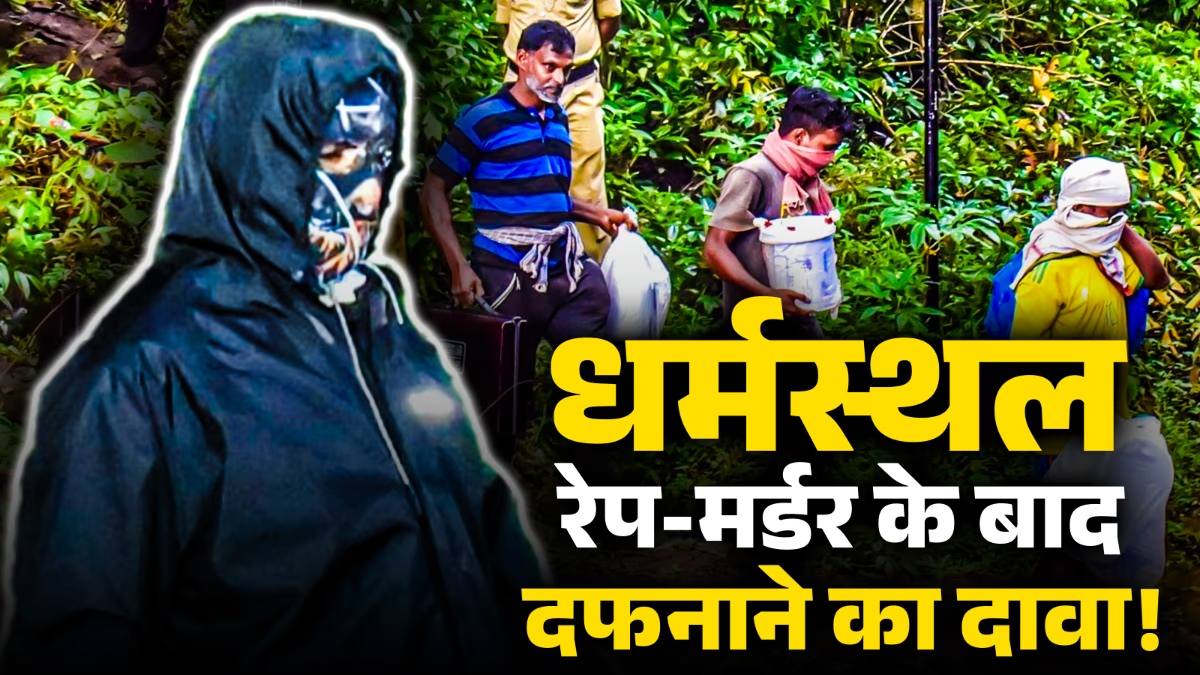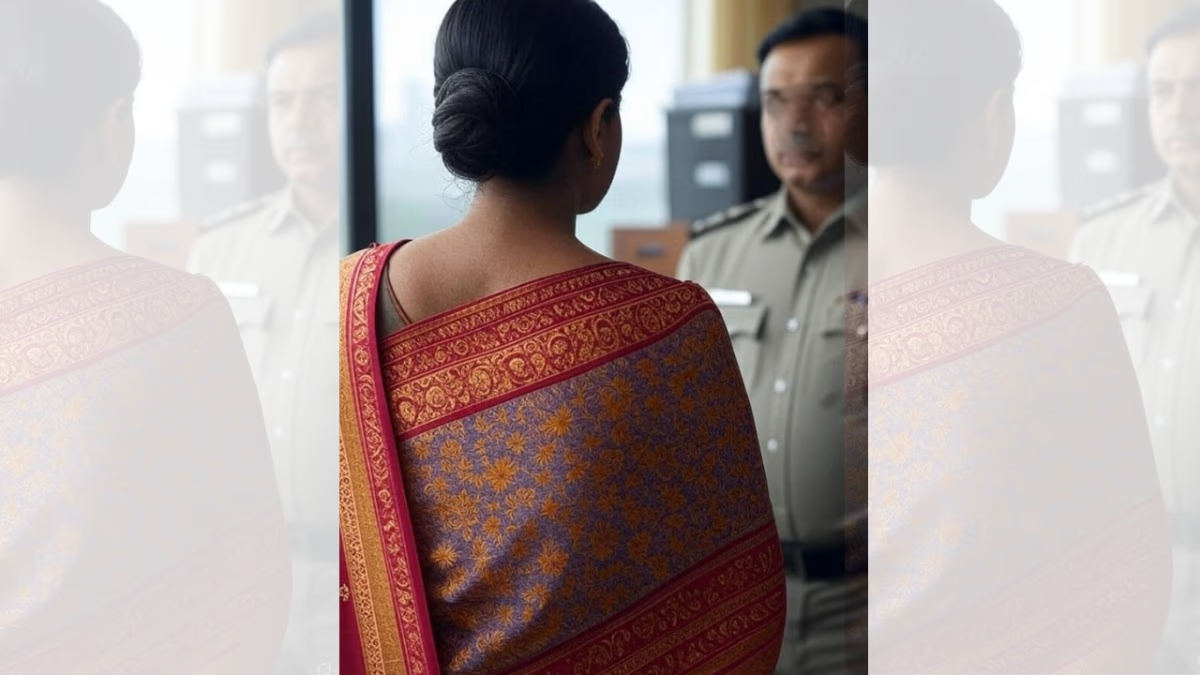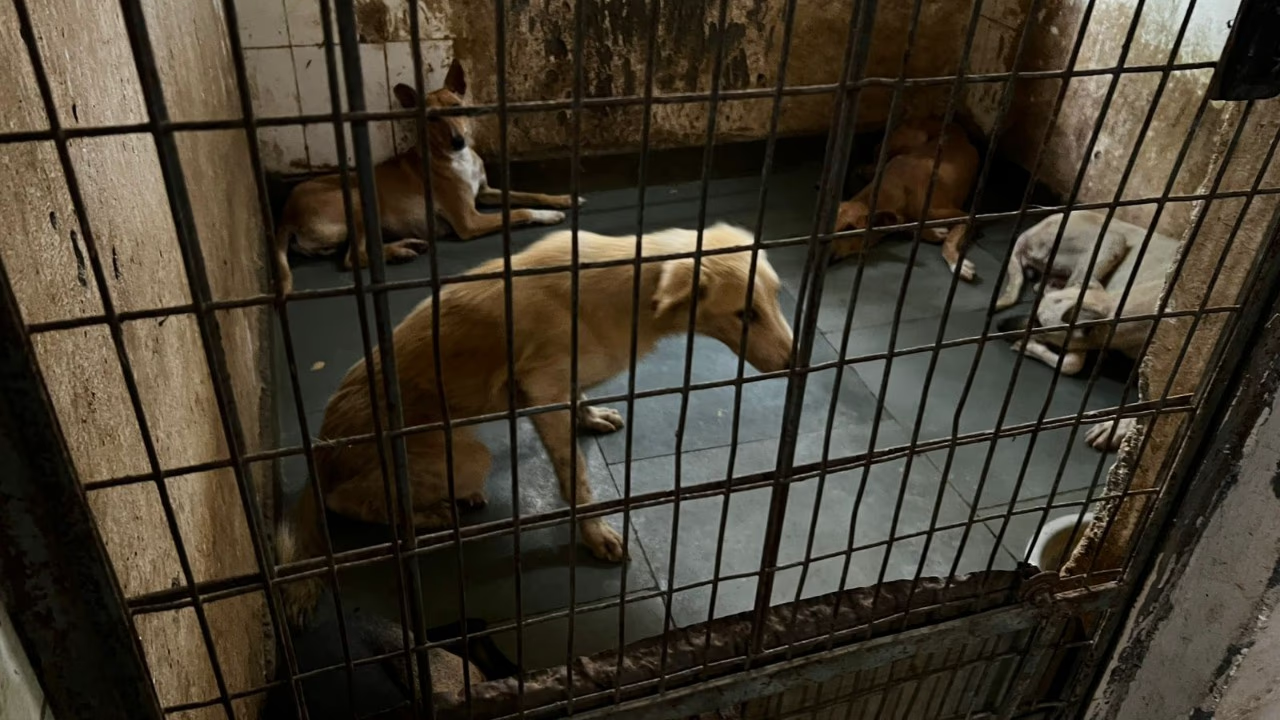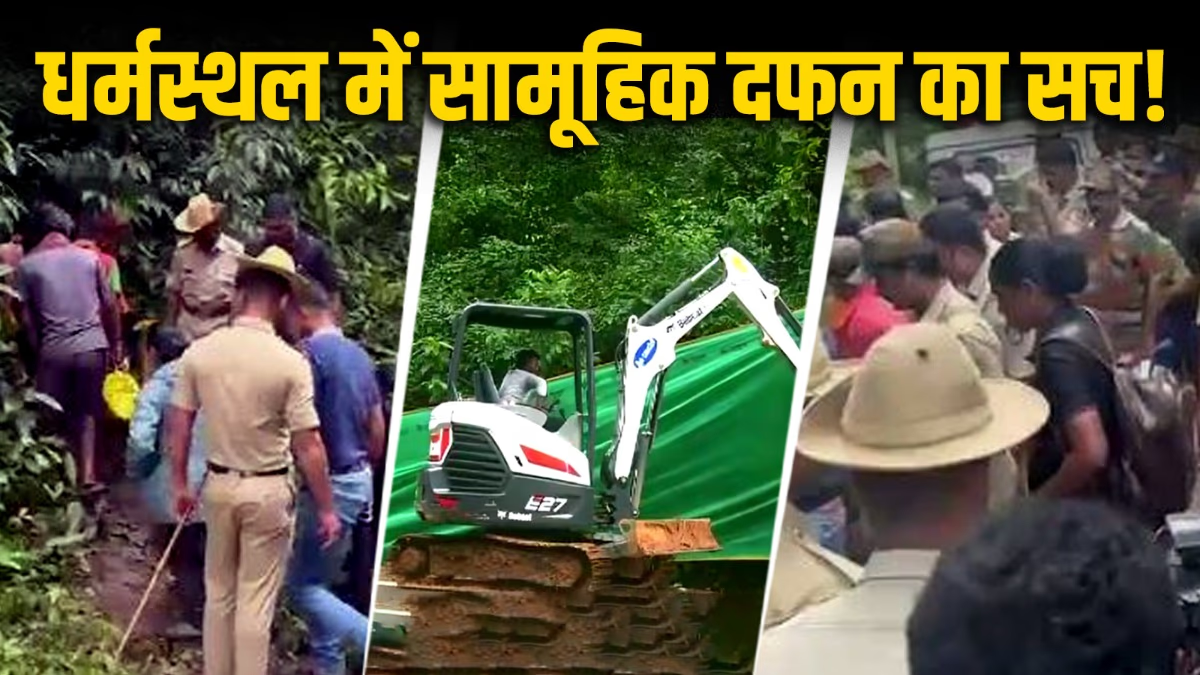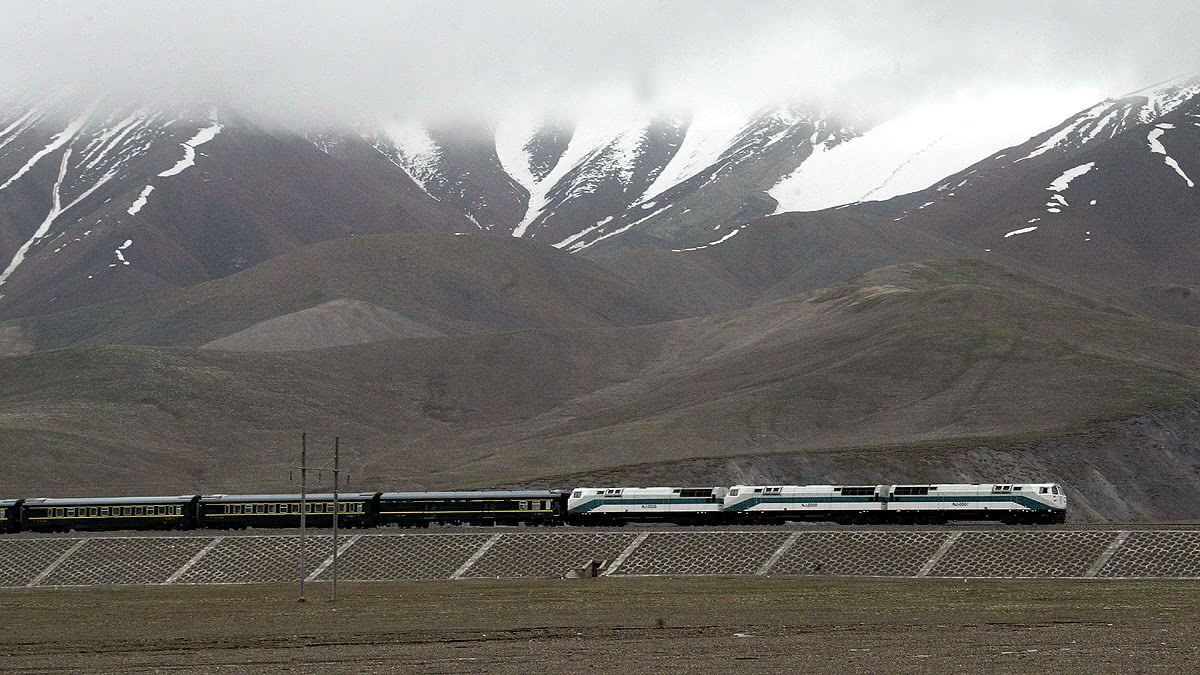On a Tuesday morning, the dense forests near the Netravati River in Karnataka witnessed the presence of the SIT team, forensic experts, and a Ground-Penetrating Radar (GPR) machine. With this advanced technology, they embarked on a mission to uncover the truth hidden beneath the earth. After rehearsing on Monday, the team focused on Site No. 13, marking a first in their efforts.
This site, identified by a whistleblower as a mass burial ground, had previously faced obstacles due to the presence of a dam and power transformers. Despite challenges, the operation had been delayed until now.
GPR technology allows for underground exploration without the need for digging, similar to how X-rays or ultrasounds reveal images inside the human body. It has been a crucial tool in military, archaeological surveys, and disaster rescue missions. In fact, it was recently used to locate people trapped under debris during a catastrophe in Uttarkashi.
By around 11:15 am on Tuesday, the GPR scanning commenced over a 100-meter radius on Site No. 13, lasting three hours. Following the completion of scanning, the SIT and experts held a meeting and decided to proceed with manual excavation. Large machinery was called in, maintaining strict confidentiality throughout the operation, keeping media access restricted.
Phase One Excavation and Awaiting Results
With Site No. 13 and 16 other locations explored, the first phase of the Dharmasthala investigation is complete. This operation began on July 29 at Site No. 1 and lasted two weeks. According to the whistleblower, between 1998 and 2014, they witnessed hundreds of burials across 50 sites, primarily of women and girls who were raped and murdered.
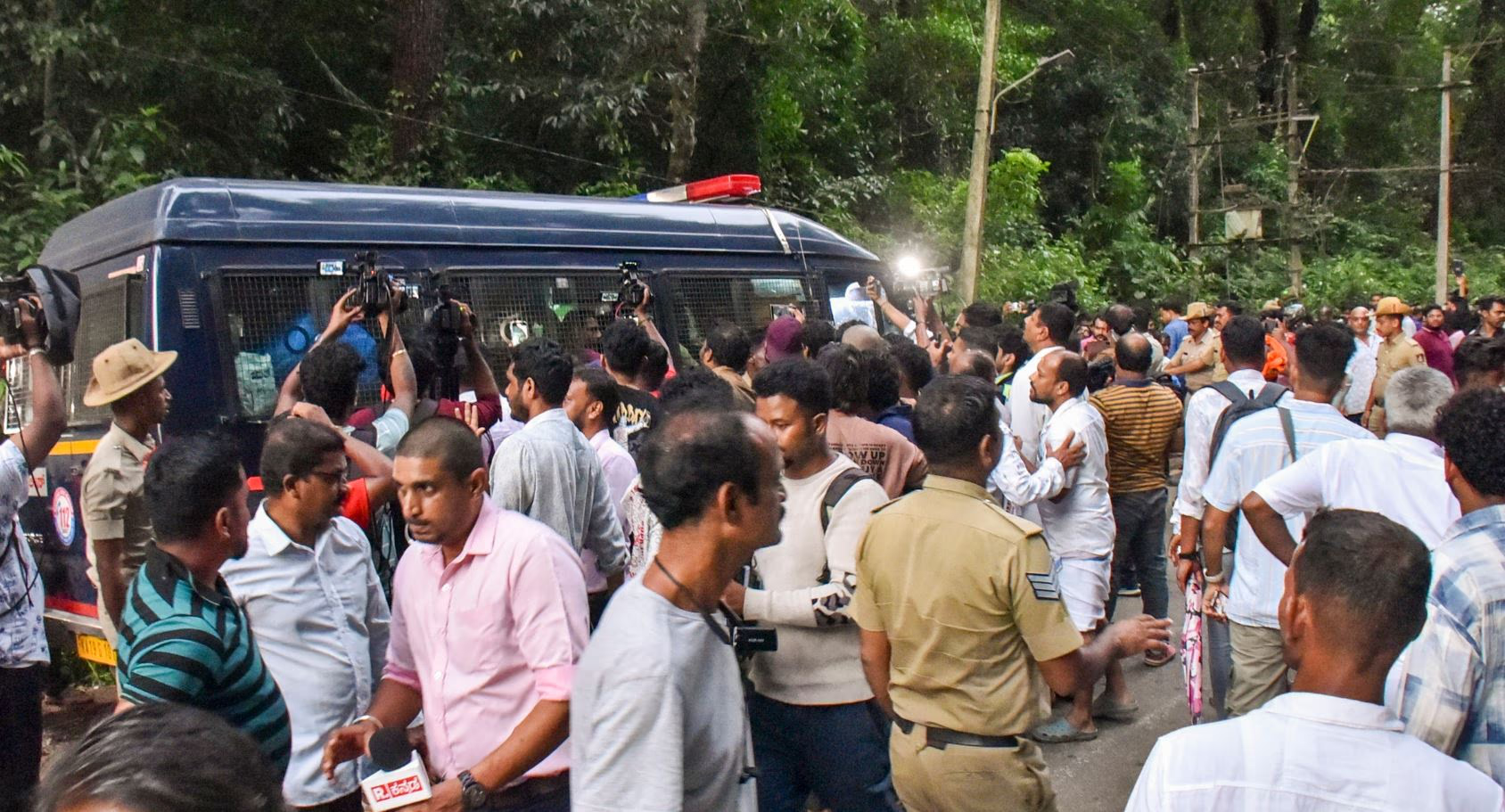
Source: aajtak
New Witnesses and Missing Persons List
Initially, there was only one witness, a whistleblowing sanitation worker. However, six more witnesses have come forward, claiming to have secretly observed burials and can pinpoint the locations. The SIT is recording their statements and planning excavations on new sites. Concurrently, lists of missing and deceased individuals from 1995 to 2014 have been requested from Dharmasthala and Belthangady police stations.
Obstructions in the Investigation
As the SIT investigation progresses, opposition intensifies. Last week, journalists and YouTubers involved in the investigation were attacked. Social media now buzzes with allegations from a student at SDM College of Ayurveda in Hassan, claiming they were coerced into participating in marches against the SIT investigation.
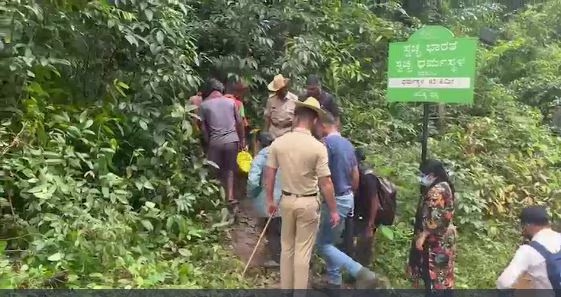
Source: aajtak
NHRC Monitoring the Investigation
The student alleged threats of punishment for attending in regular attire and missing school activities. Assistance has been sought to avoid involvement in such activities, although the post was deleted hours later, causing an uproar. The National Human Rights Commission has begun monitoring this case closely.
Unveiling Dharmasthala's Hidden Past
Various families of missing persons have contacted the Commission. The Karnataka government has accorded the SIT office with the status of a police station, allowing complainants to file FIRs directly. Currently, we await reports on the first phase and GPR scanning outcomes, but the investigation has already begun unearthing Dharmasthala's buried past.
